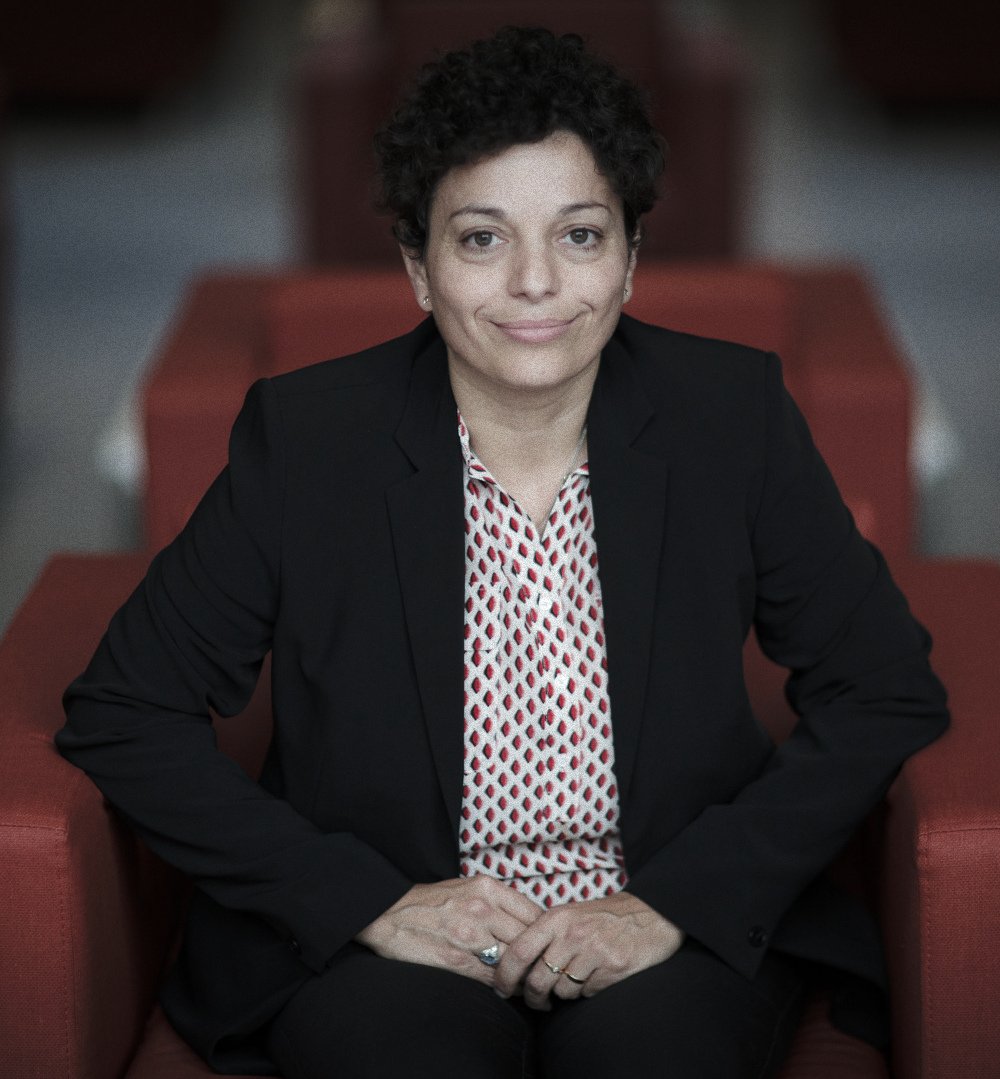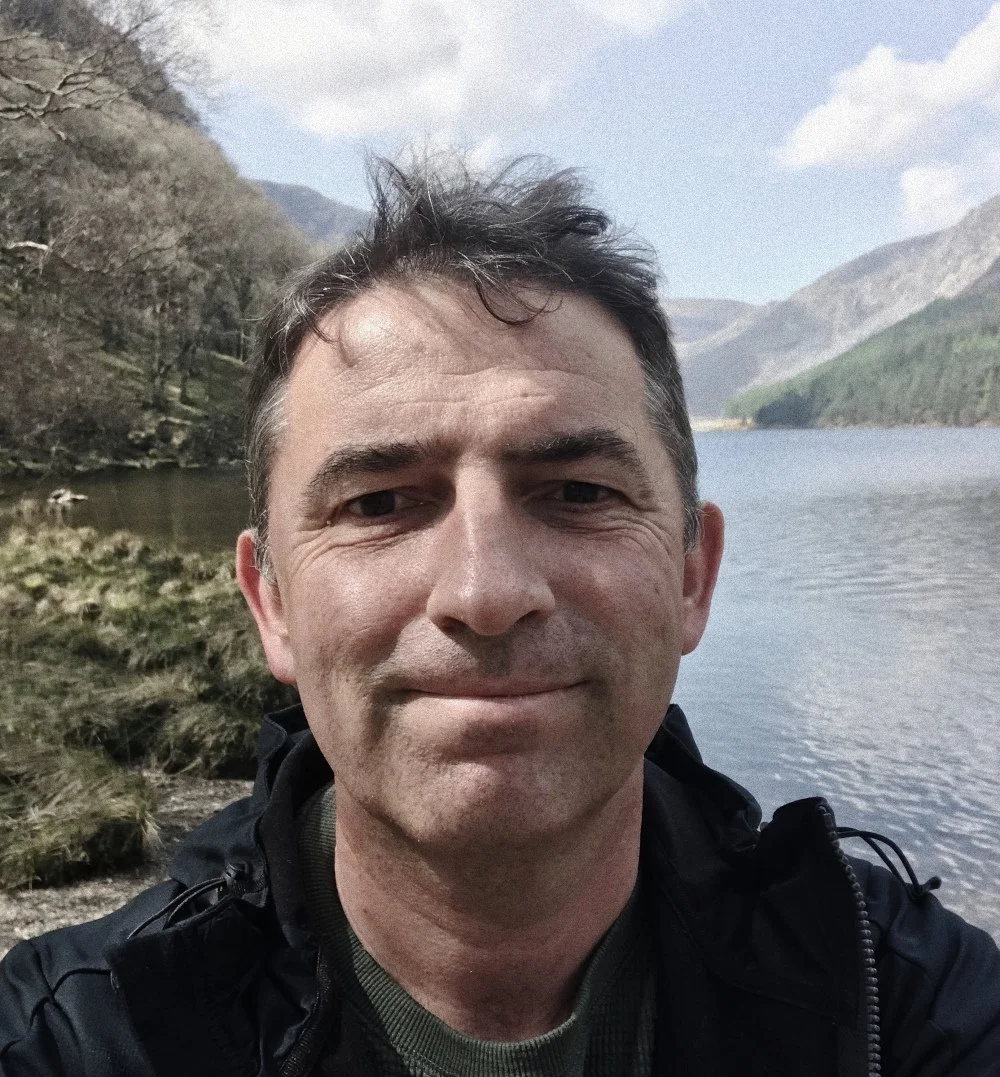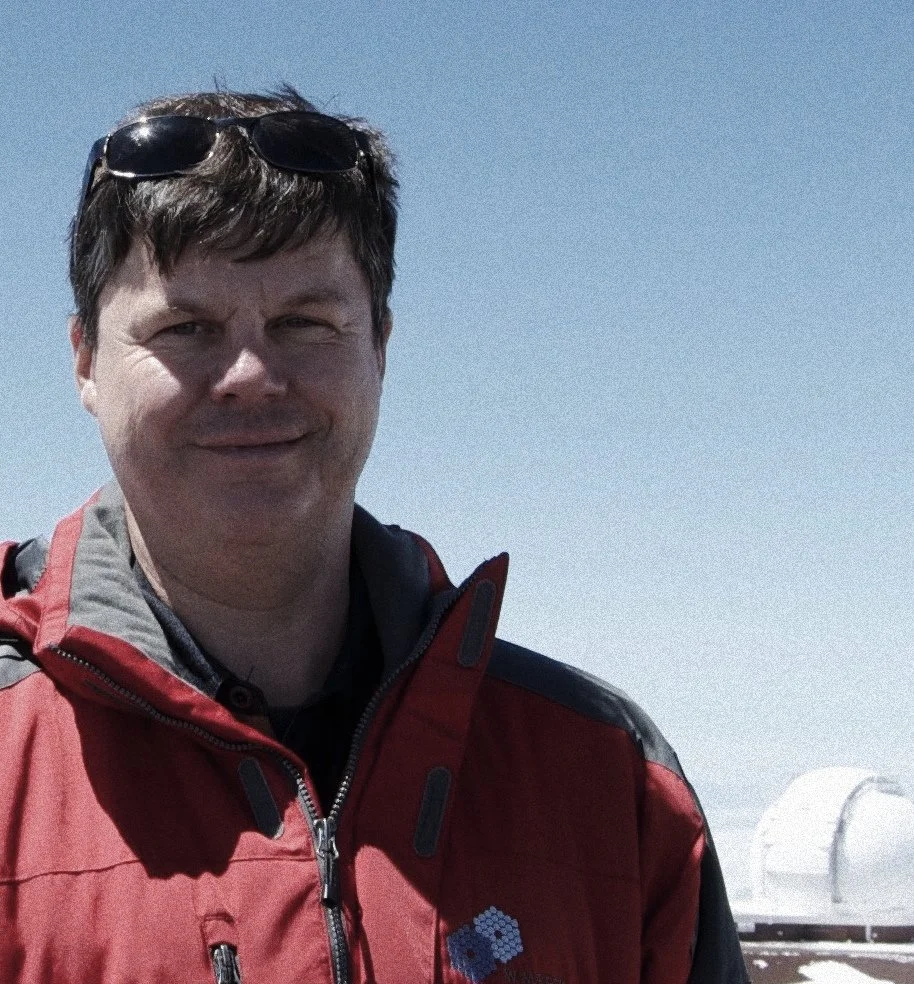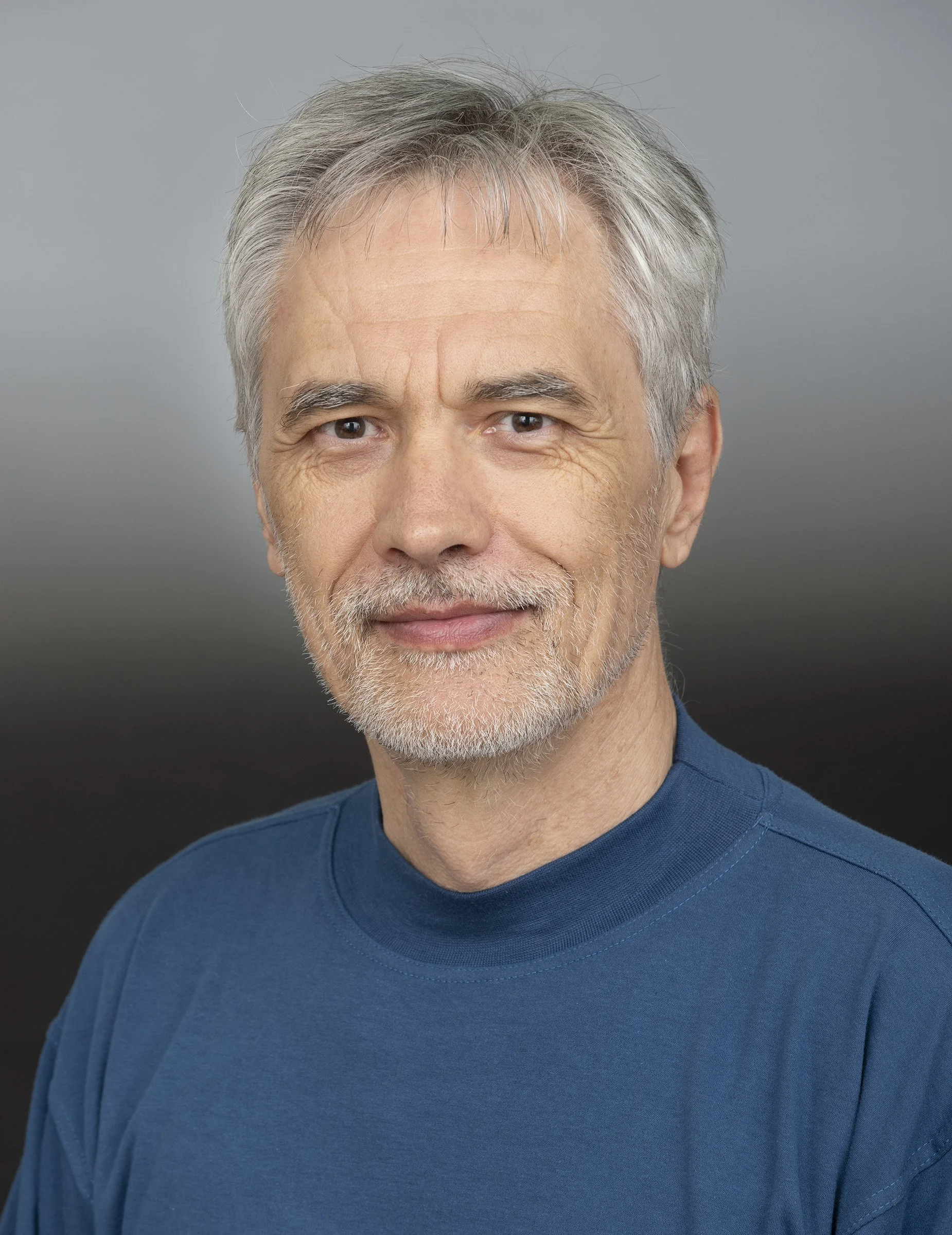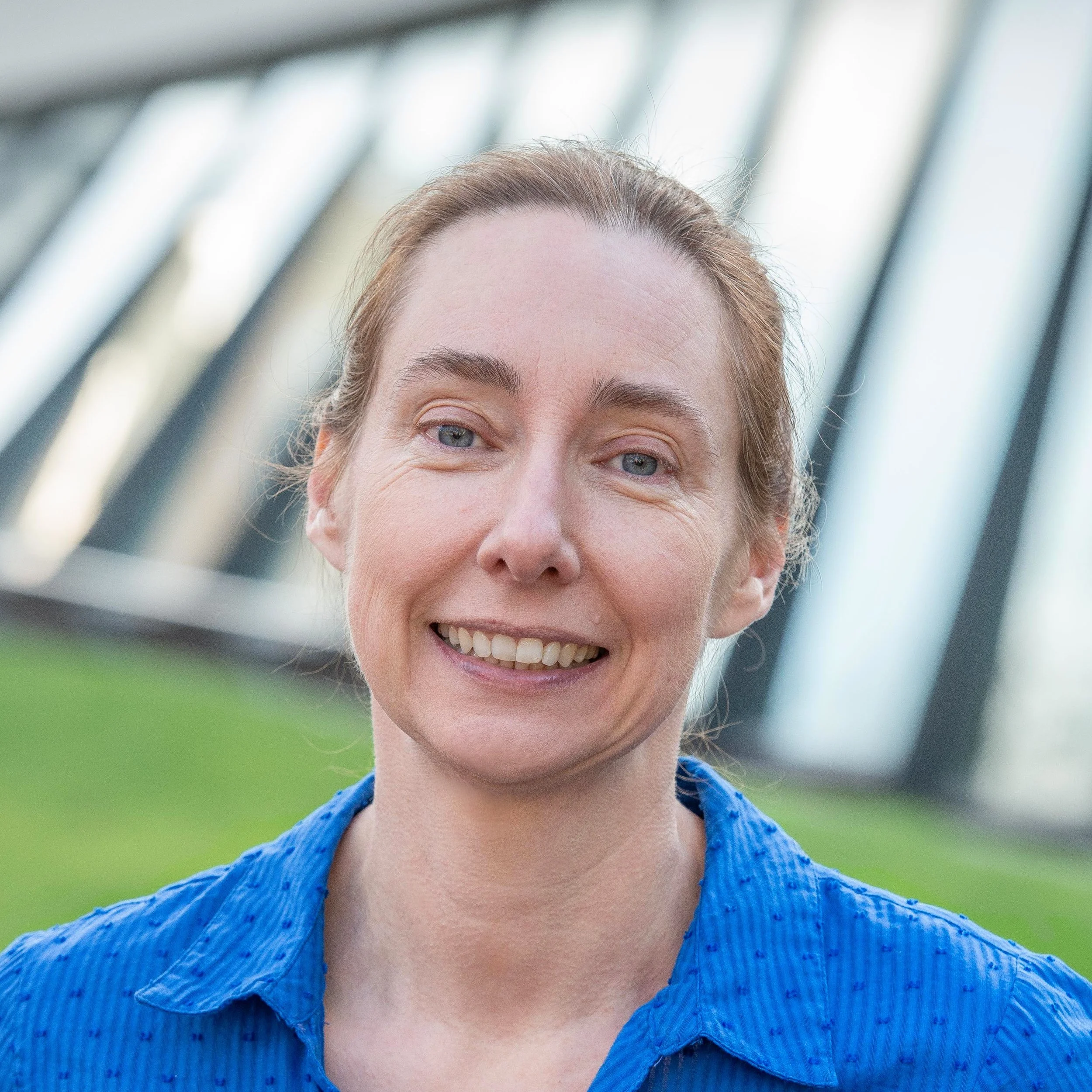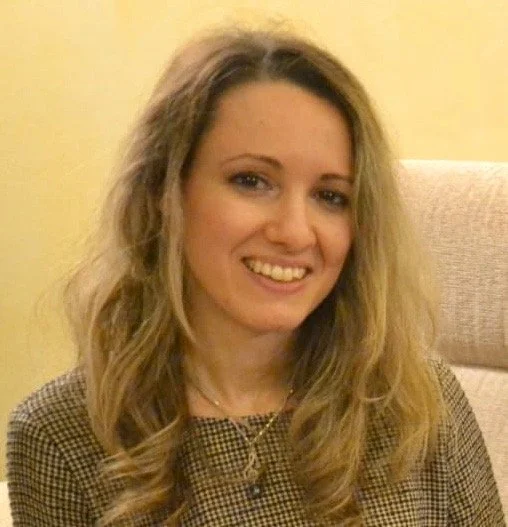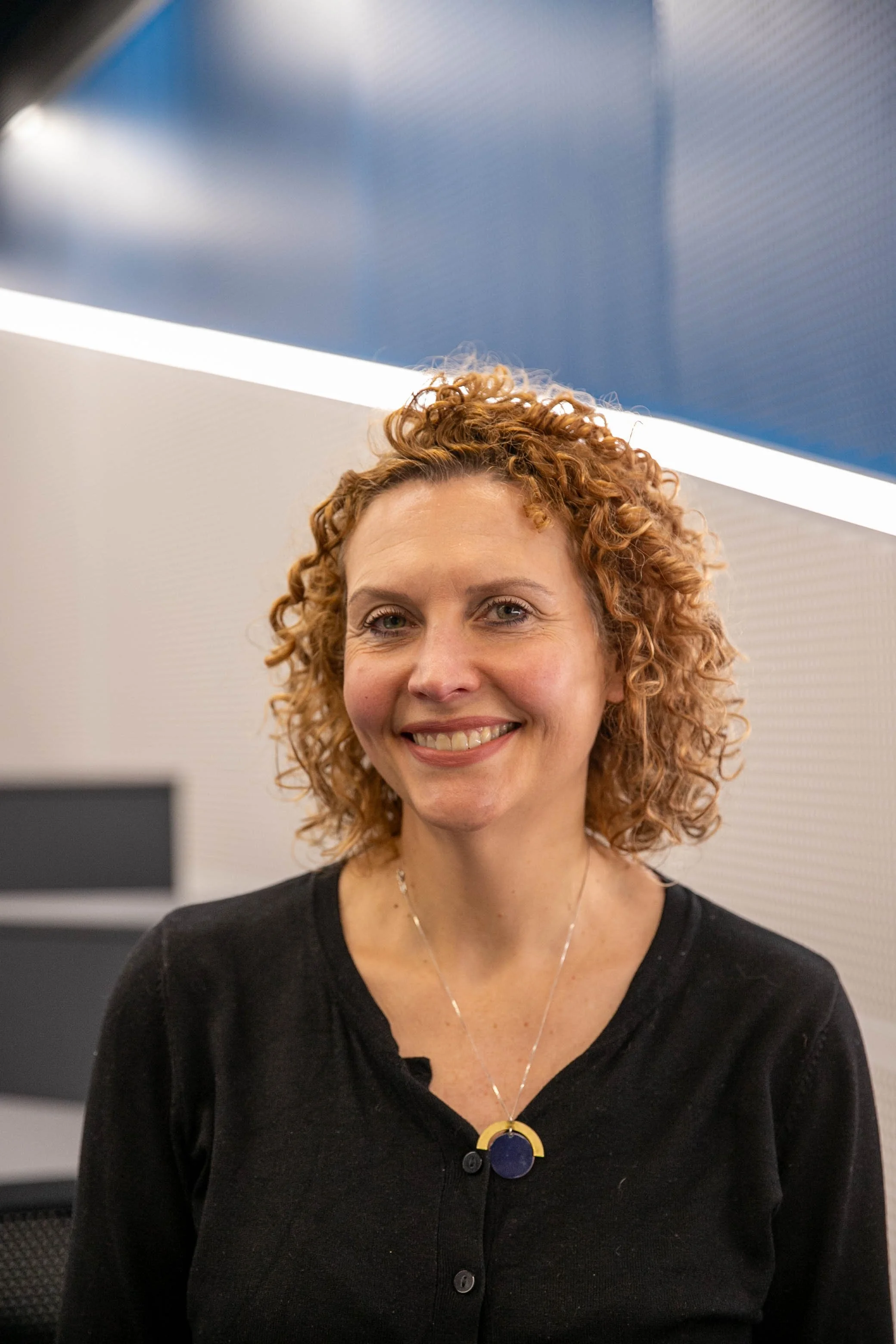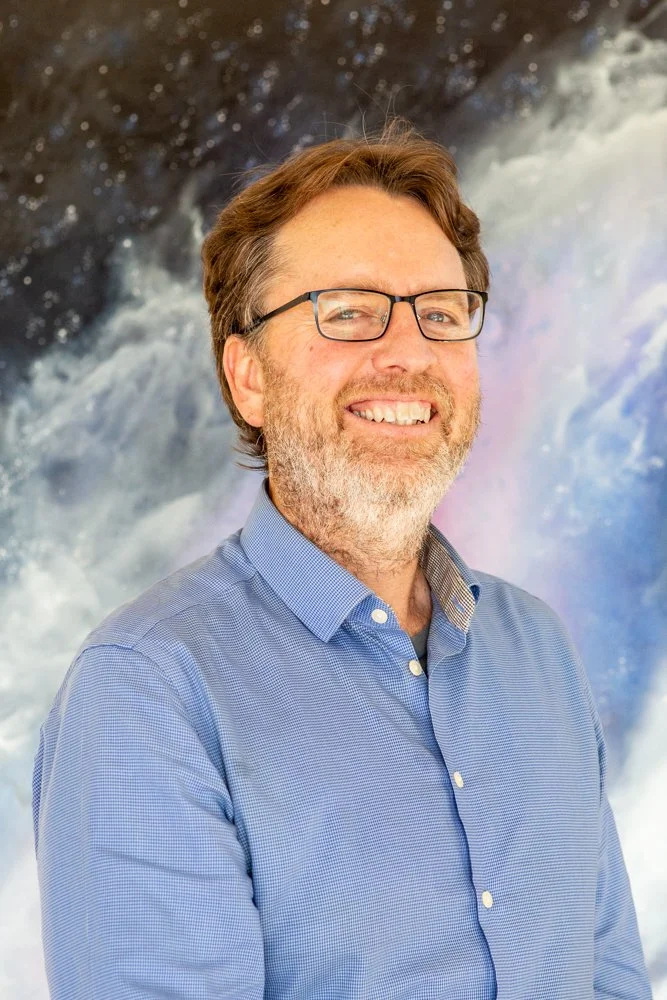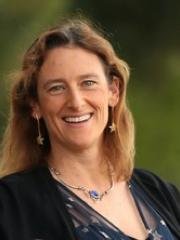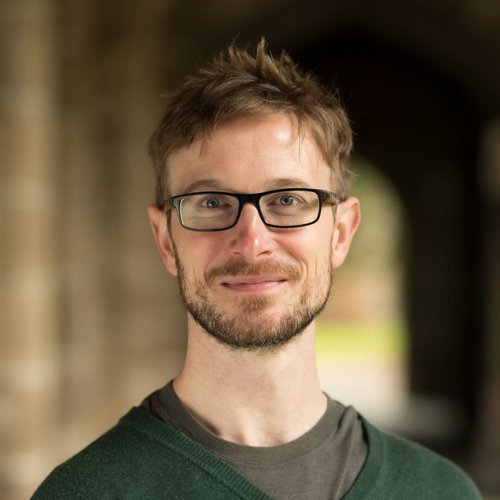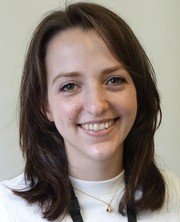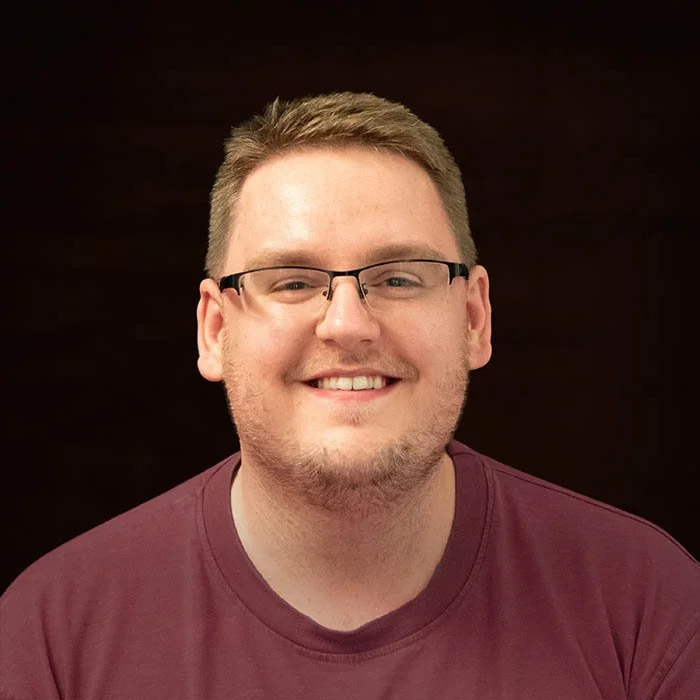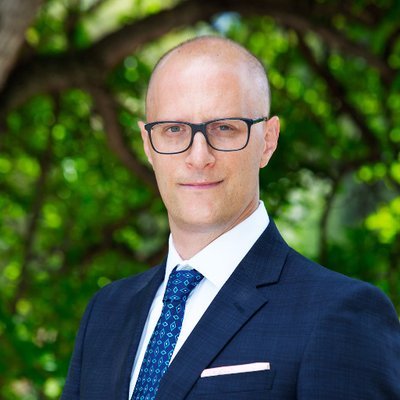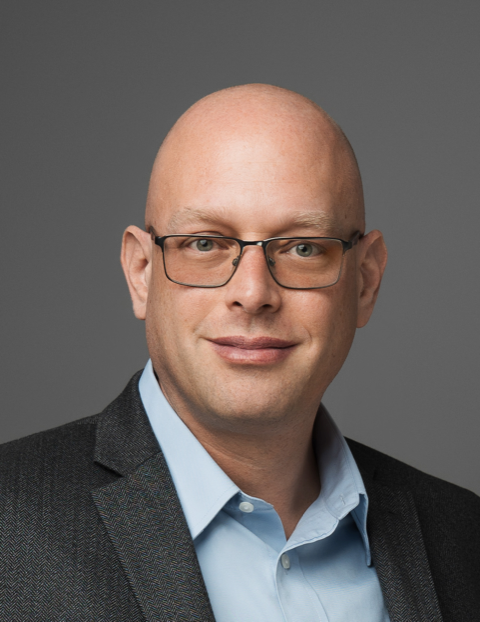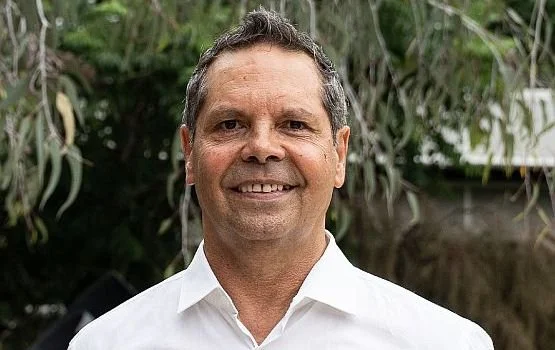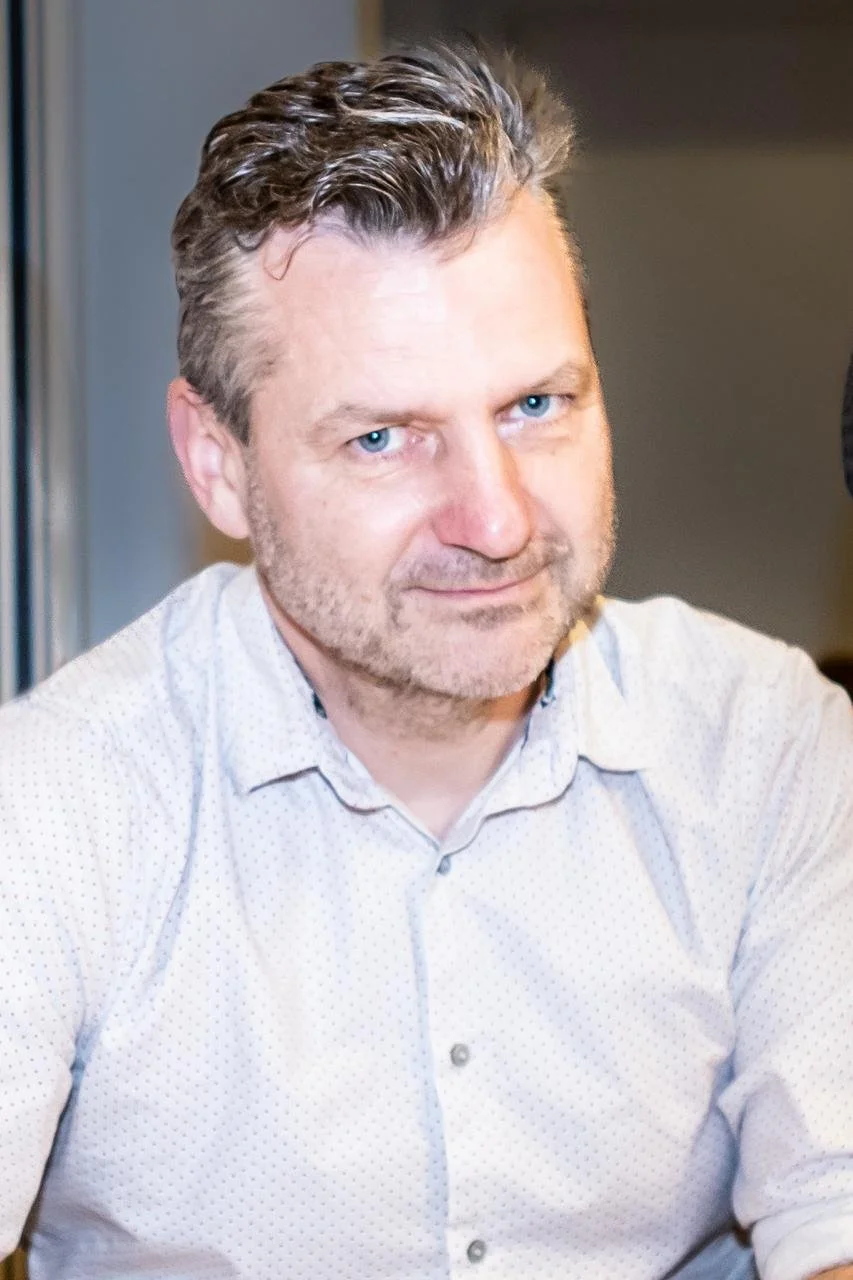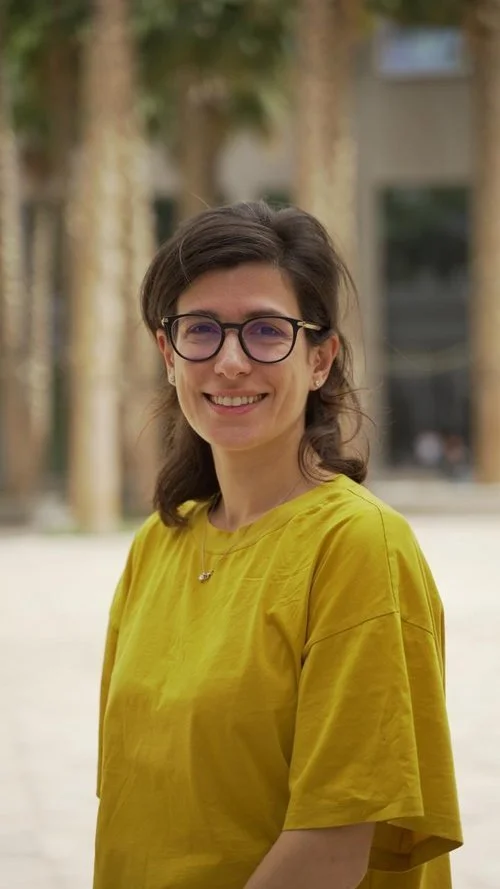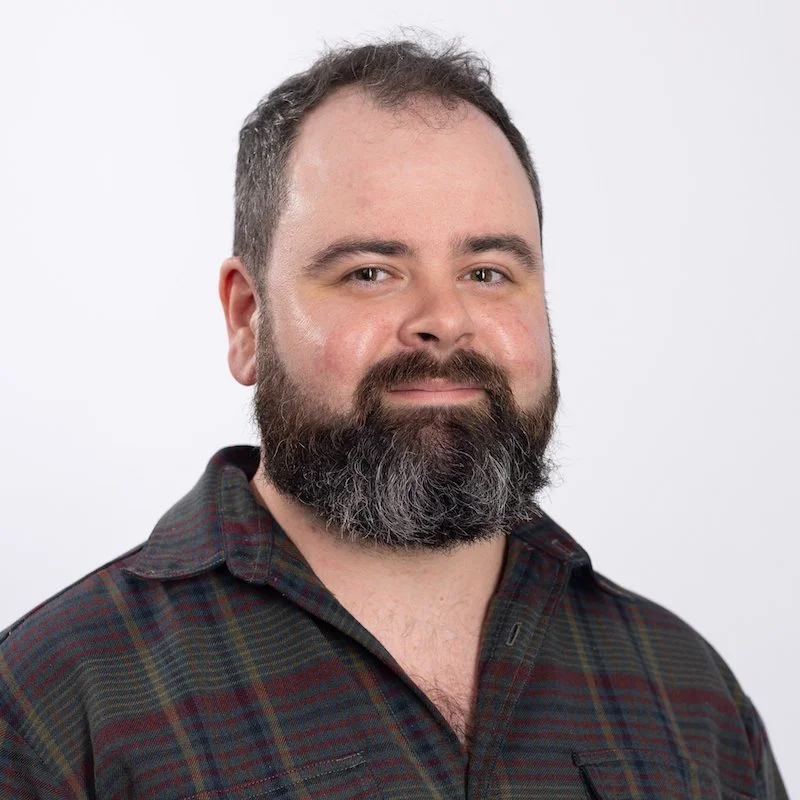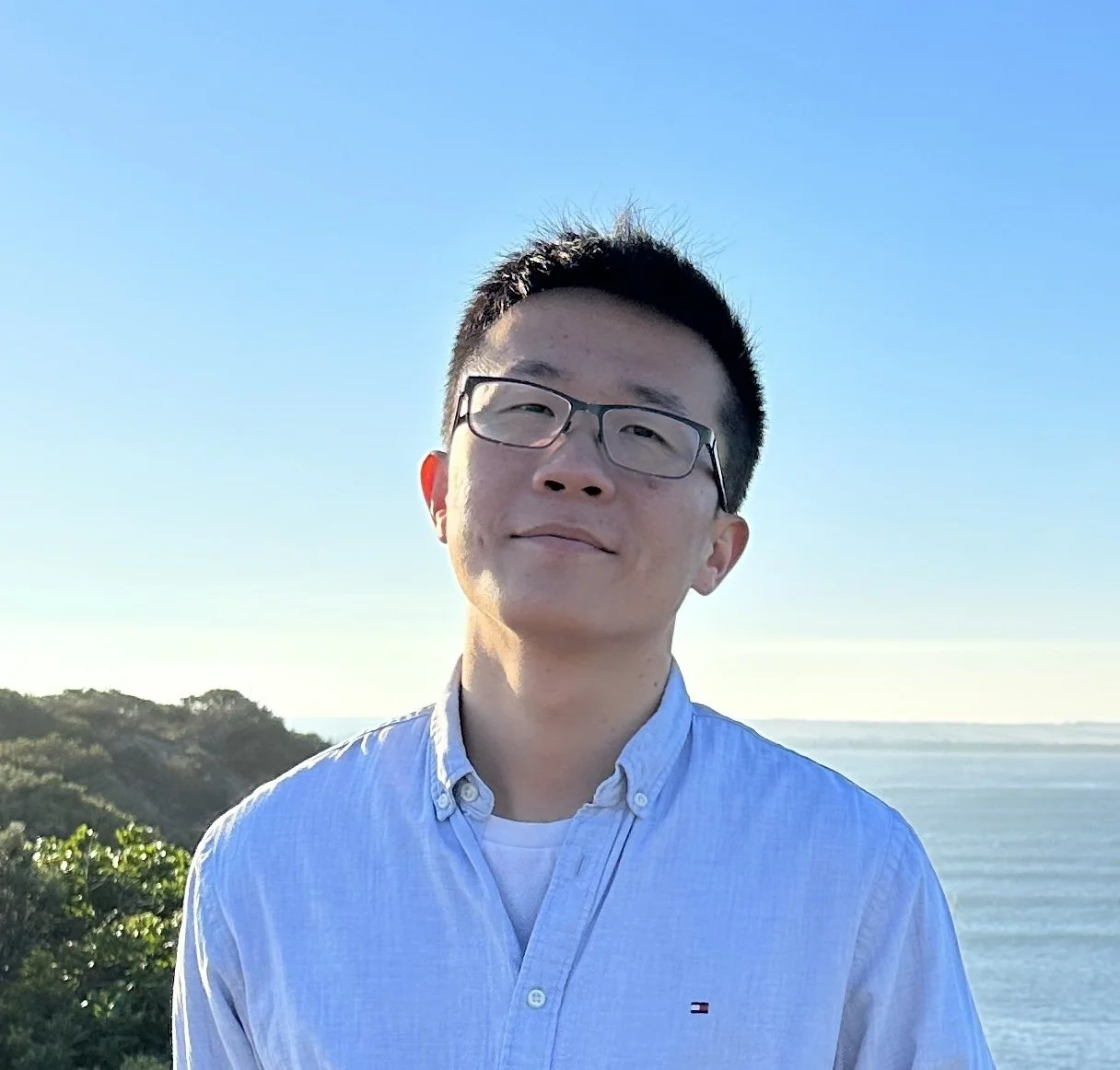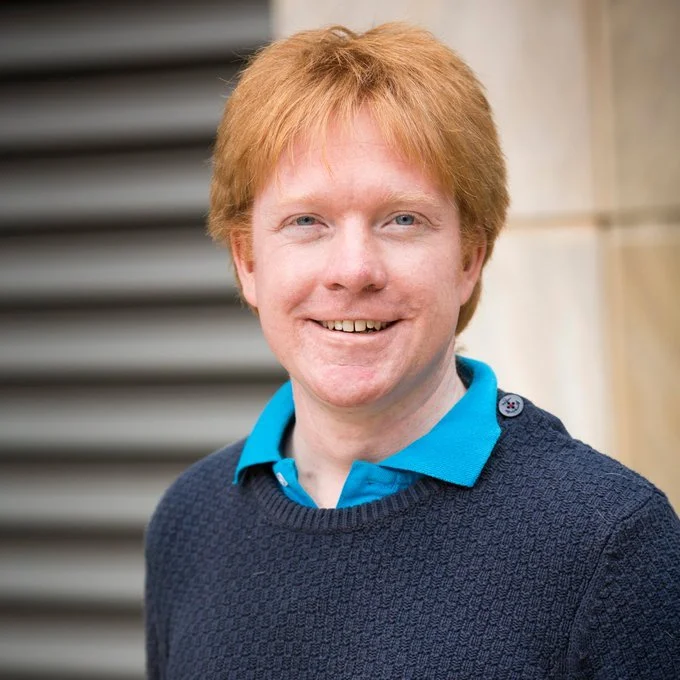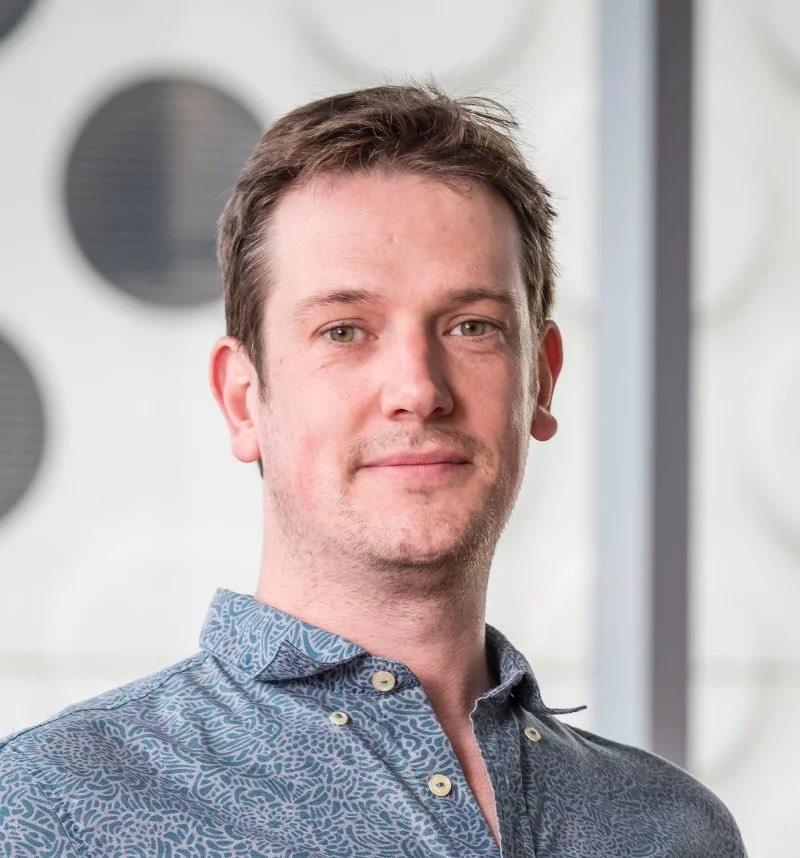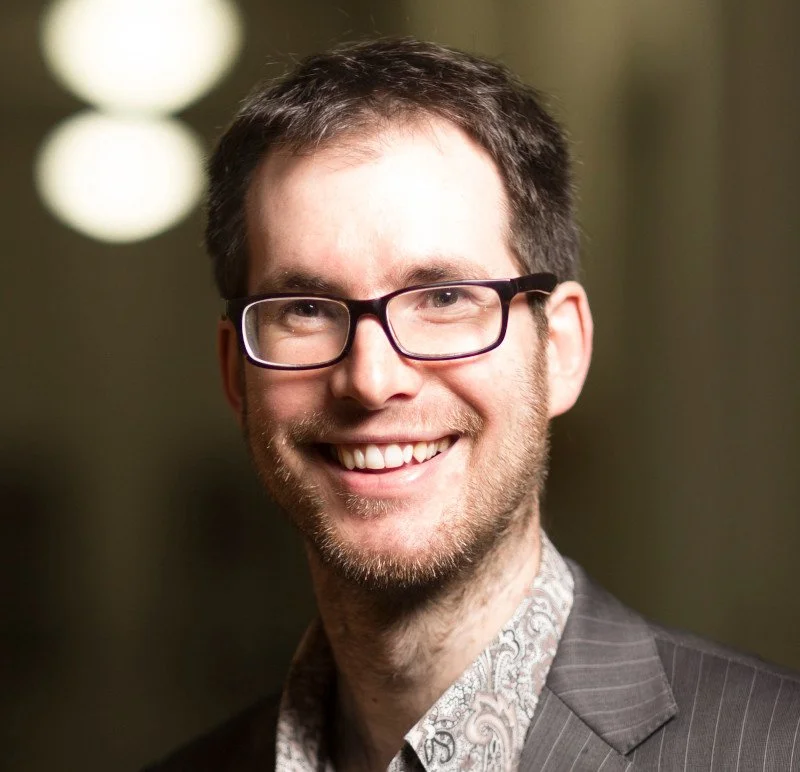
Who are we?
Credit: Ned Taylor, 4hs: the 4MOST hemisphere survey
Céline Bœhm (U. Sydney) is a theoretical physicist working across cosmology and particle physics and is internationally recognised for her work on particle dark matter and astroparticle physics.
Professor Céline Bœhm
Chris Power (ICRAR/U. Western Australia) is a computational and theoretical astrophysicist, working on a diverse range of topics in galaxy formation and cosmology, and is internationally recognised for his expertise in cosmological dark matter simulations.
Professor Chris Power
Karl Glazebrook FAA (Swinburne U.T.) is an observational astronomer who studies the evolution of galaxies across time, using the largest ground-based telescopes (e.g. Keck, Magellan) and spaced-based telescopes (e.g. HST, JWST), and develops astronomical instrumentation and software.
Professor Karl Glazebrook
Professor Csaba Balazs (Monash U.) is a particle cosmologist who works on the exploration and phenomenology of the dark sector.
Professor Csaba Balazs
Nicole Bell (U. Melbourne) works on dark matter particle phenomenology, with a focus on terrestrial experiments, astroparticle physics constraints, and dark matter models.
Professor Nicole Bell
Irene Bolognino (U. Adelaide) is an astroparticle physicist with expertise in dark matter, neutrinos and cosmic rays, and works on the IceCube, SABRE and Cygnus experiments.
Doctor Irene Bolognino
Michelle Cluver (Swinburne U. T. ) uses space-based mid-infrared imaging to study nearby galaxies and how they evolve within the Cosmic Web, and she will map millions of galaxies in the nearby Universe as co-PI of the ESO 4MOST Hemisphere Survey (4HS).
Doctor Michelle Cluver
Roland Crocker (ANU) is a high-energy astrophysicist with expertise in emission from the Galactic Centre, which will crucially inform investigations of indirect dark matter detection.
Associate Professor Roland Crocker
Tamara Davis (U. Queensland) is an astrophysicist who studies the elusive dark sector of dark matter and dark energy, by making maps of the cosmic distribution of galaxies on the largest scales.
Professor Tamara Davis
Matthew Dolan (U. Melbourne) is a particle physicist who works on the phenomenology of Beyond The Standard Model physics, including the phenomenology of all aspects of dark matter.
Associate Professor Matt Dolan
Simon Driver (ICRAR/U. Western Australia) is an observational astronomer studying the evolution of mass, energy, and structure, from the Big Bang to the present day, using large galaxy surveys.
Professor Simon Driver
Theresa Fruth (U. Sydney) is an astroparticle physicist and experimentalist working on dark matter direct detection.
Doctor Theresa Fruth
Cullan Howlett (U. Queensland) builds maps of the Universe using data from facilities such as DESI and 4MOST, and studies how different types of Dark Matter would change how this map looks.
Doctor Callum Howlett
Paul Jackson (U. Adelaide) is an experimental particle physicist who uses particle colliders such as CERN and KEK to search for evidence of supersymmetric particles.
Professor Paul Jackson
Mark Krumholz (ANU) is an expert in the transport of particles and radiation through interstellar gas and magnetic fields, and in modelling how this transport affects high-energy emission.
Professor Mark Krumholz
Claudia Lagos (ICRAR/U. Western Australia) creates simulated galaxy surveys from state-of-the-art simulations, to develop methods to connect our observations with the underlying dark matter properties and test different dark matter particle candidates using extragalactic observations.
Doctor Claudia Lagos
Greg Lane (ANU) is an experimental nuclear physicist who develops instruments to carry out dark matter direct detection.
Professor Greg Lane
Christopher Lawrence (Monash U.) is an Aboriginal health and wellbeing researcher, who also runs the National Indigenous Space Academy (NISA) with NASA.
Professor Chris Lawrence
Geraint Lewis (U. Sydney) hunts for dark matter using gravitational lensing and galactic archaeology.
Professor Geraint Lewis
Laura Manenti (U. Sydney) is an astroparticle physicist and instrumentalist, developing dark matter detection experiments using quantum sensors.
Doctor Laura Manenti
Ciaran O'Hare (U. Sydney) is an astroparticle physicist who works on dark matter direct detection, axions, and dark matter halo models.
Doctor Ciaran O’Hare
Yuxiang Qin (ANU) studies the nature of ancient galaxies and dark matter using 21-cm cosmology and will work on mapping the dark matter distribution with radio telescopes, including the Square Kilometre Array.
Doctor Yuxiang Qin
Aaron Robotham (ICRAR/U. Western Australia) works on large galaxy surveys and the development of cutting-edge algorithms to identify and characterise galaxies in both observations and simulations.
Professor Aaron Robotham
Gavin Rowell (U. Adelaide) is an observational astronomer who studies high-energy gamma rays, and will use the next-generation CTA gamma-ray facility to search for dark matter and its particle properties.
Professor Gavin Rowell
Ned Taylor (Swinburne U.T.) is an observational astronomer who studies the demographics of galaxies, and he will map millions of galaxies in the nearby Universe as co-PI of the ESO 4MOST Hemisphere Survey (4HS).
Associate Professor Ned Taylor
Martin White (U. Adelaide) co-leads an international team (GAMBIT) that interrogates theories of dark matter using a large range of particle physics and astrophysics data. He also performs dark-matter searches using gamma-ray astronomy, and develops industry applications of physics techniques.
Professor Martin White

